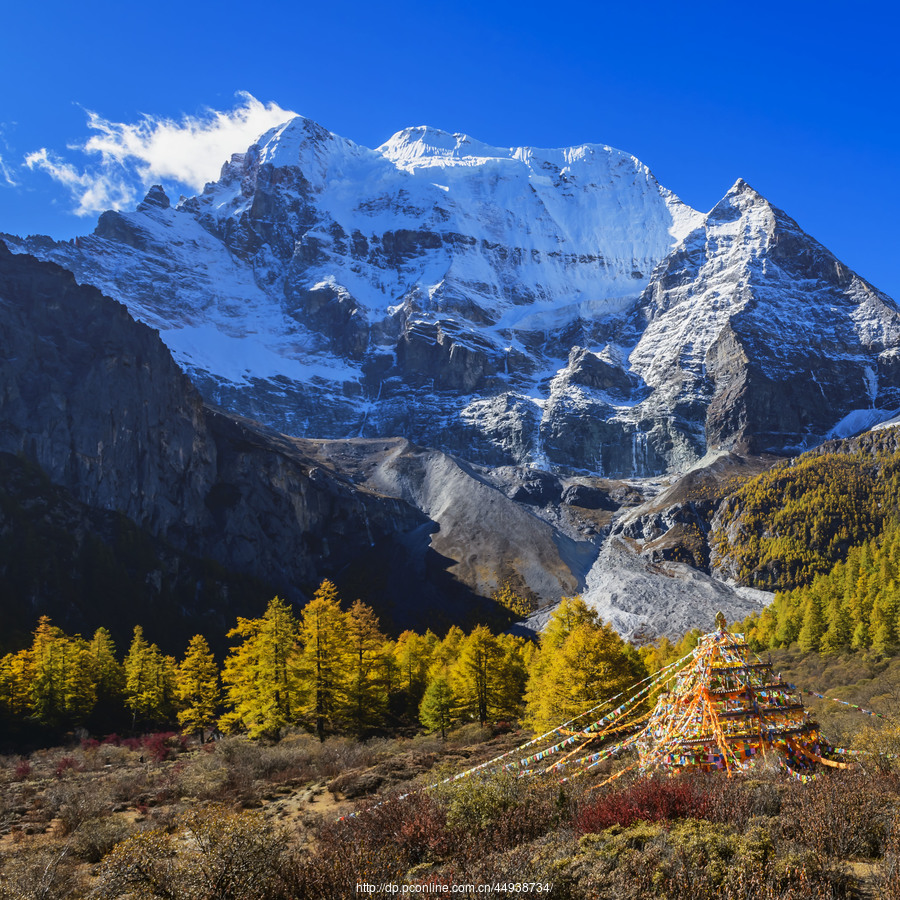
I. Geographical Location
Daocheng Yading (稻城亚丁) is located in the southeastern part of Daocheng County (稻城县), Ganzi Tibetan Autonomous Prefecture (甘孜藏族自治州), Sichuan Province. It lies within the Shangri-La Town (香格里拉镇) and is situated in the middle section of the Hengduan Mountains (横断山脉) on the Qinghai-Tibet Plateau (青藏高原). The geographic coordinates are between 99°58′E to 100°28′E and 28°11′N to 28°34′N. It borders Muli County (木里县) of Liangshan Prefecture (凉山州) to the east and adjoins Shangri-La City (香格里拉市), Yunnan Province, to the southwest. It is at the core of the Shangri-La Ecological Tourism Area (香格里拉生态旅游区) in China, with altitudes ranging from 2900 meters (at the Gongga River mouth) to 6032 meters (at Mount Xianaireri).
II. Cultural History
Daocheng Yading (稻城亚丁) is in the Kham Tibetan area (康巴藏区), where the local Tibetans practice Tibetan Buddhism (藏传佛教). In the hearts of the Tibetans, the mountains are sacred. They regard the three holy mountains of Daocheng Yading (稻城亚丁)—Xianaireri (仙乃日), Yangmaiyong (央迈勇), and Xianuoduoji (夏诺多吉)—as pilgrimage sites. In 1928, the American explorer and botanist Joseph Rock visited the area twice, collecting plant and animal specimens, drawing maps, and writing “Gongga Ridge Shangri-La, the Lost Paradise.” His article was published in the U.S. magazine National Geographic, which caused a sensation in the West. Daocheng Yading (稻城亚丁) became known as the “Last Shangri-La.” In 1933, inspired by Rock’s stories, British writer James Hilton wrote the novel Lost Horizon. Since then, Shangri-La has become a symbol of a utopia, attracting many backpackers to explore.
III. Folklore
- Etiquette: Tibetans are warm and hospitable. They offer a khata (哈达, a ceremonial scarf) to visitors as a sign of respect and serve a cup of highland barley wine (青稞酒) to guests.
- Festivals: During festivals, Tibetans dress in their finest traditional attire and celebrate with singing and dancing.
- Diet: Tibetan cuisine is different from that of mainland China. The main foods are tsampa (糌粑, roasted barley flour) and butter tea (酥油茶). Tsampa is made by roasting barley and grinding it into flour. It is eaten by mixing it with butter tea or barley wine and forming it into balls with hands. Butter tea is made from butter and strong tea, which can replenish energy and help resist the cold in high-altitude areas.
IV. Weather and Best Travel Times
- Weather: Daocheng Yading (稻城亚丁) has a continental monsoon plateau humid climate. The temperature varies significantly with altitude, forming multiple climatic zones from warm temperate to cold temperate mountains. It has abundant and concentrated rainfall with distinct dry and wet seasons. The weather is highly variable, and you may experience sunny, cloudy, rainy, and even snowy conditions within a single day.
- Best Travel Times:
- Spring and Autumn: Spring (April-May) sees the revival of nature, with wildflowers blooming across the mountains and the grasslands turning green. Autumn (September-October) is the most colorful season, with forests painted in red and yellow, contrasting beautifully with the white snow-capped mountains under the blue sky. The weather is stable with more sunny days, making it ideal for sightseeing and photography.
- Summer: (June-August) The temperature is relatively high, and the vegetation is lush. However, it is also the rainy season with frequent rainfall, which may cause muddy roads and landslides. Despite these challenges, the green landscape and stunning cloud seas make it a unique experience.
- Winter: (November-March) The area is covered in snow, creating a fairy-tale-like winter wonderland. However, the low temperature and potential road closures due to snow and ice make it more challenging for travel. The cold and high-altitude environment demand better physical fitness and warm clothing.
V. Recommended Attractions

- Three Holy Mountains: Comprising Xianaireri (仙乃日), Yangmaiyong (央迈勇), and Xianuoduoji (夏诺多吉), these mountains represent the body, speech, and mind in Buddhism and are considered the protectors of body, speech, and mind. They are perennially snow-capped and arranged in a “pin” shape within a 10-kilometer radius. Locals call them “Nyenchenthanglha Rlungdzin Gyaltsen,” which means “the sacred land of three perennially snow-capped protector mountains.”
- Xianaireri (仙乃日): The northern peak, Xianaireli (仙乃日), stands at 6032 meters and is the highest peak in Daocheng (稻城) and the fifth-highest in Sichuan. It resembles a reclining Buddha sitting on a lotus throne, representing Avalokitesvara (观音菩萨) and symbolizing compassion.
- Yangmaiyong (央迈勇): The southern peak, Yangmaiyong (央迈勇), is 5958 meters high. It is known for its deep gray rock and perennial snow. It represents Manjushri (文殊菩萨) and symbolizes wisdom. Visitors can enjoy panoramic views of valleys, forests, and streams from here.
- Xianuoduoji (夏诺多吉): The eastern peak, Xianuoduoji (夏诺多吉), is also 5958 meters high. It represents Vajrapani (金刚手菩萨) and symbolizes strength. It is likened to a brave and spirited young warrior wearing a tiger skin and a python around his waist. Explorer Rock once camped at its foot and compared it to the Greek god of thunder.
- Three Sacred Lakes:
- Milk Lake (牛奶海): Also known as “Erongcuo,” Milk Lake is located in the mountain recess of Yangmaiyong (央迈勇). It covers an area of 5000 square meters at an altitude of 4500 meters. The lake is fed by the melting snow of Yangmaiyong (央迈勇) and is famous for its delicate and azure waters. It is oval-shaped with a clear blue surface, surrounded by a milky white ring, hence the name. Tibetans consider it a sacred lake, and it is believed that loud noises can anger the lake, causing thunderstorms.
- Five-Colored Lake (五色海): Situated between Xianaireli (仙乃日) and Yangmaiyong (央迈勇), Five-Colored Lake is at an altitude of 4600 meters. It is a famous sacred lake in the Tibetan area, named for its ability to reflect five different colors due to light refraction. The lake is round and can reflect both Xianaireli (仙乃日) and Yangmaiyong (央迈勇). According to Buddhist scriptures, this lake can “reveal history and predict the future,” and it is as famous as the sacred Yamdrok Lake (羊卓雍错) in Tibet.
- Pearl Lake (珍珠海): Also called “Zhuoma La Cuo,” Pearl Lake is a large pond formed by the melting snow of Xianaireli (仙乃日) hitting rocks, covering an area of 0.75 hectares. The lake water glistens like pearls under the sun, hence the name. It is an excellent spot for photographing the reflection of Xianaireli (仙乃日).
- Kas Hell Valley (卡斯地狱谷): This 18-kilometer-long valley is composed of bizarre cliffs and rocks. The altitude drops from 4950 meters to 2850 meters, with a difference of over 2000 meters. The valley features dense原始森林, unique limestone erosion landforms, and attractions such as the Black Waterfall, Hell Gate, and Ghost Cliff. It is said to be the place where the gods living in the mountains punished demons.
- Luorong Pasture (洛绒牛场): At an altitude of 4150 meters, Luorong Pasture is surrounded by the Three Holy Mountains and is a high-altitude pasture for local herdsmen. The landscape here combines snow-capped mountains, forests, grasslands, lakes, and pastures, with unique Tibetan villages and monasteries nearby, making it an ideal spot to admire the three mountains.
- Chonggu Monastery (冲古寺): Located at the foot of Xianaireli (仙乃日) at an altitude of 3880 meters, Chonggu Monastery means “filling the lake to build the temple” in Tibetan. It was built during the Yuan Dynasty and is the only nunnery in Daocheng County (稻城县). It is also the gateway to the “Three Holy Mountains.” Although the main structure is now in ruins, it is still picturesque, especially at sunrise and sunset when it is bathed in golden light.
VI. Transportation
- By Air: Fly to Chengdu first, then transfer to Yading Airport (亚丁机场). Yading Airport (亚丁机场), at an altitude of 4411 meters, is one of the highest civilian airports in the world. After arriving at the airport, you can rent a car to drive to the scenic area (be mindful of altitude sickness), take an airport shuttle bus, or hire a private car. The drive to Daocheng Yading Scenic Area (稻城亚丁景区) takes about 1.5 to 2 hours.
- By Car: Drive from Chengdu along the Sichuan-Tibet Highway (川藏318国道). The distance to Daocheng Yading Scenic Area (稻城亚丁景区) is about 750 kilometers, and the drive takes approximately 15 hours. The journey offers beautiful scenery along the way, but be aware of road conditions and your physical condition. Prepare for high-altitude driving and potential altitude sickness.
- Tour Groups: If you prefer not to plan your own itinerary, consider joining a tour group. Many small-group tours depart from Chengdu, offering convenient and worry-free travel. They arrange transportation, accommodation, and sightseeing routes, and provide tour guides to enhance your understanding of the local culture and attractions.
VII. Food
- Tibetan Hot Pot: Made with yak meat as the main ingredient, accompanied by various vegetables and mushrooms, cooked in a rich bone broth. The yak meat is tender and nutritious, and the pot is flavorful and warming.
- Highland Barley Cake: Made from highland barley flour, it is crispy and has a unique aroma of barley. It can be enjoyed as a snack or paired with other foods.
- Butter Tea: As mentioned earlier, butter tea is an essential drink in Tibetan life. It helps alleviate altitude sickness and combat the cold. Although the taste may be unusual at first, it grows on you.
- Dried Yak Meat: Yak meat is marinated and air-dried, resulting in a flavorful and chewy texture. It is rich in protein and makes an excellent energy-boosting snack, perfect for travel.
VIII. Shopping
- Traditional Crafts: In shops and markets around Daocheng Yading (稻城亚丁), you can find unique Tibetan handicrafts such as thangkas (唐卡), Tibetan incense (藏香), hand-woven scarves, and yak bone carvings. Thangkas are brightly colored and exquisitely painted, with high artistic value. Tibetan incense has a rich fragrance and is said to have calming effects. Yak bone carvings are distinctive and full of ethnic charm.
- Local Products: Local barley products and dried wild mushrooms are also worth purchasing. Barley powder can be taken home to make tsampa and experience Tibetan dietary culture. Dried wild mushrooms are of high quality and make delicious soup.
IX. Accommodation
- Inside the Scenic Area: The main accommodations are in Yading Village (亚丁村) and Zha Guanbeng (扎灌崩). Staying in Yading Village (亚丁村) offers convenient access to the scenic area, saving time and allowing you to enjoy stunning morning views. However, the accommodation options are limited and may be pricey. Zha Guanbeng (扎灌崩) is closer to the scenic area entrance, making it convenient for travel, though choices are fewer.
- Outside the Scenic Area: Shangri-La Town (香格里拉镇) is the most popular place for accommodation. It offers a wide range of lodging options, from budget hotels to upscale resorts, catering to different budgets. The town has well-developed facilities, with convenient dining and shopping. During the peak travel season, it is advisable to book accommodations in advance to avoid any inconvenience.
We hope this introduction helps you understand some specific information about the area. If you would like to arrange an itinerary, you can refer to our 10 Days Lijiang and Shangri-La Exploration Tour.

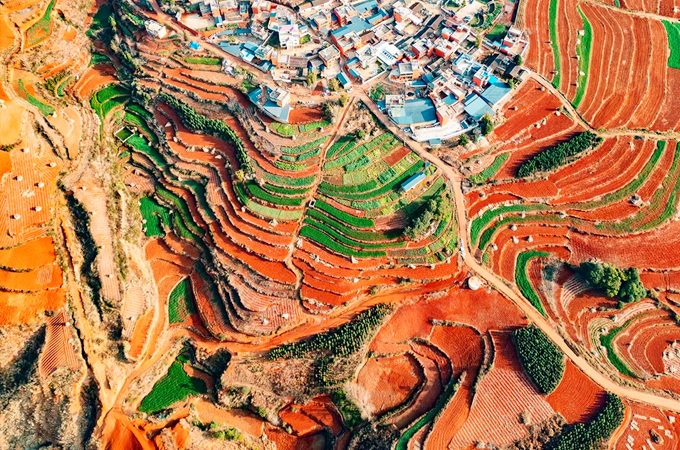
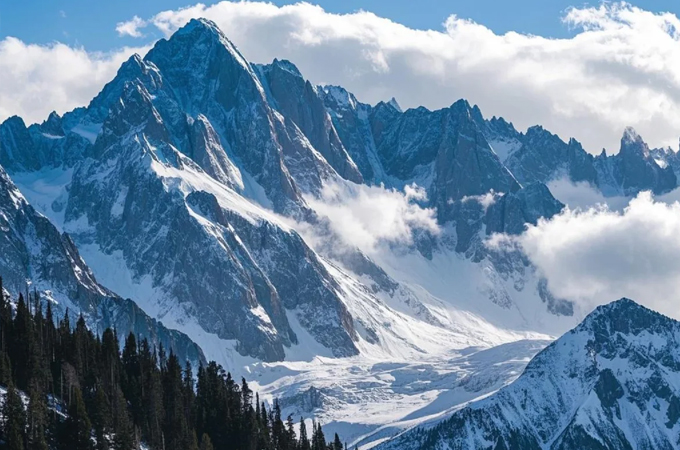
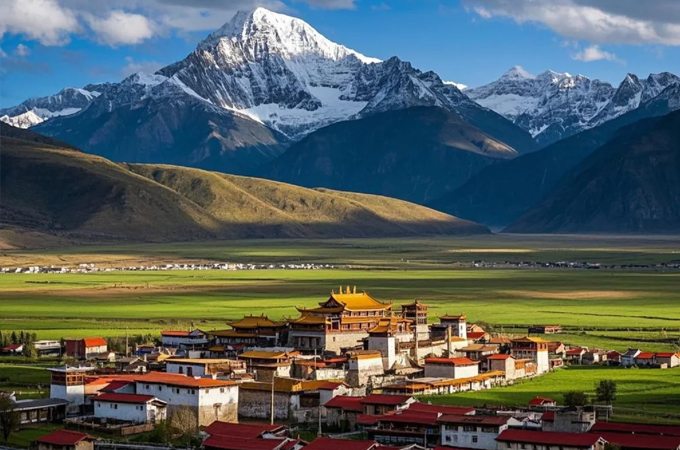
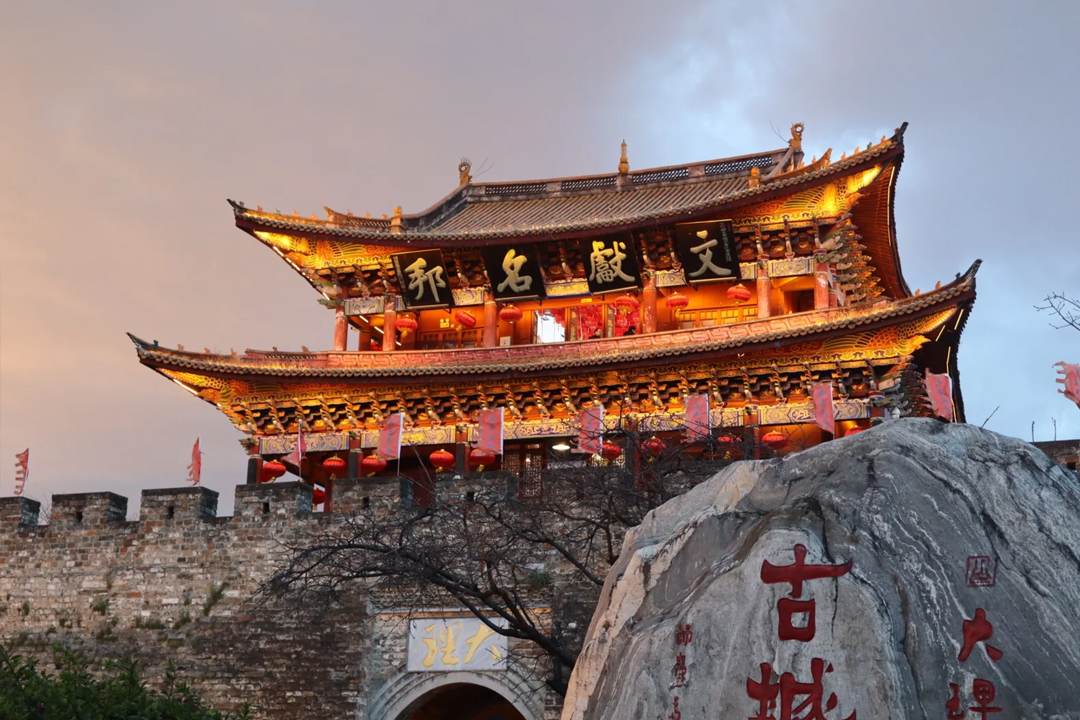
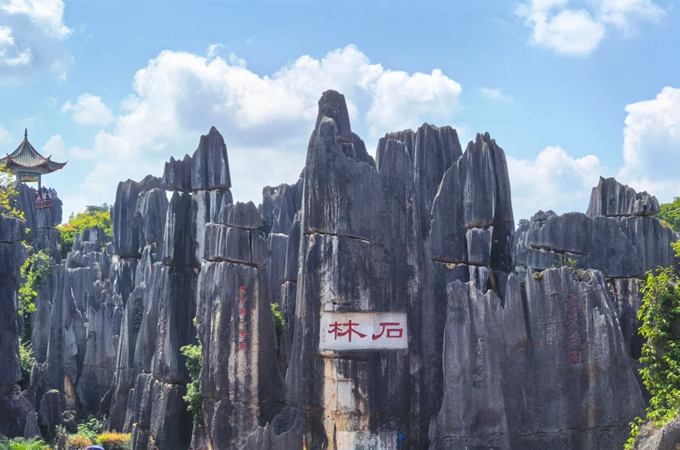

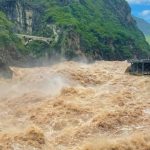
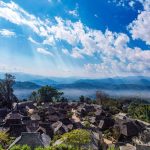

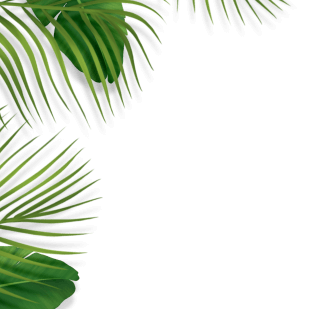

Leave a comment: